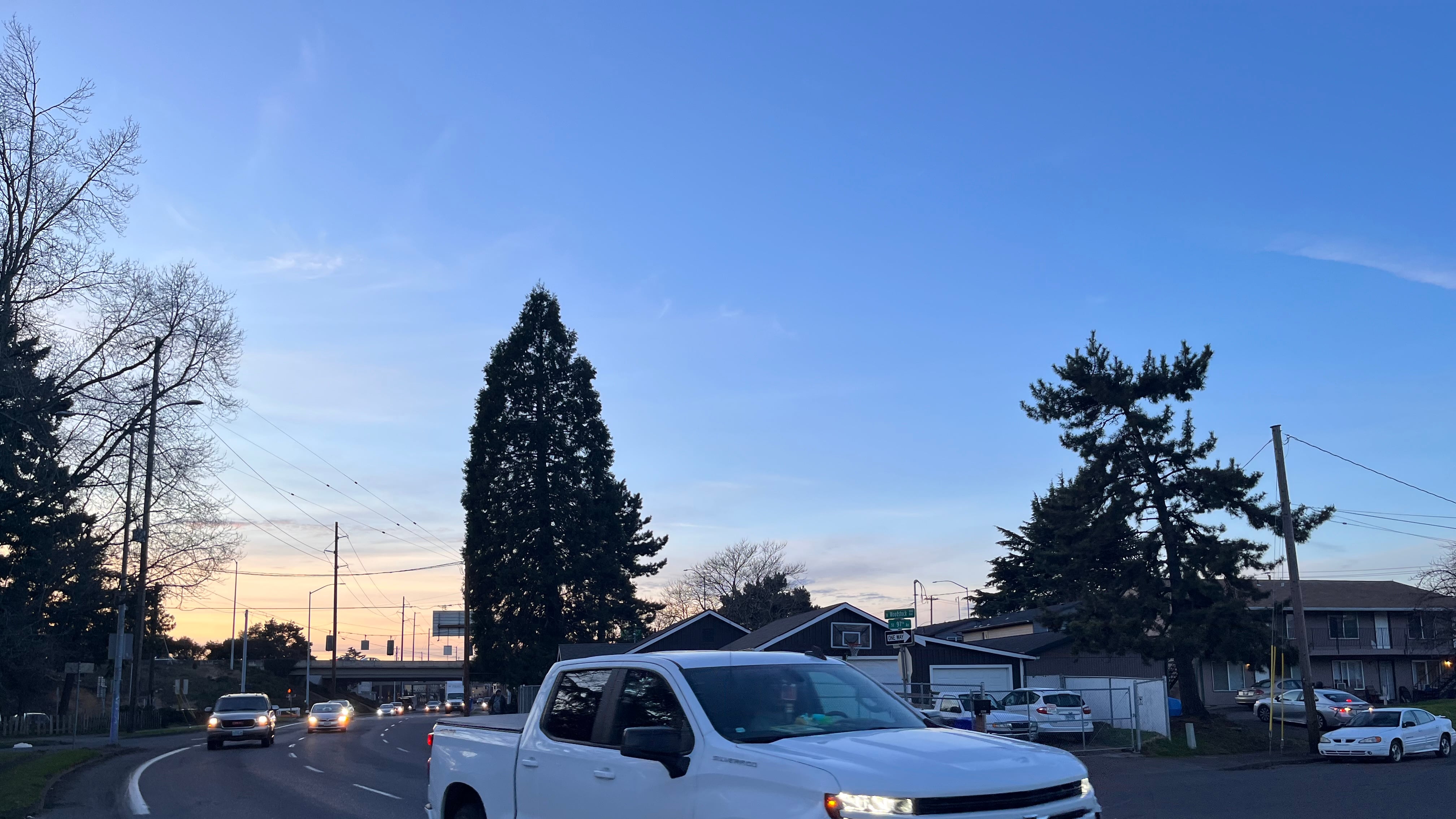LOCATION: Southeast Woodstock Boulevard and 97th Avenue
DATE: Feb. 4
INCIDENT: A car hit and killed a man walking along Woodstock Blvd. near 97th Ave. on foot.
Just 15 minutes after the sun set on a Sunday evening, a car hit and killed 71-year-old Tom Amato near the intersection of Woodstock Boulevard and 97th Avenue in the Lents neighborhood of deep Southeast Portland.
That intersection is known to city officials as particularly dangerous: The three-lane thoroughfare of Woodstock crosses 97th without a stoplight, just as Woodstock flows away from Interstate 205 toward a 7-Eleven.
The intersection is so treacherous that city officials six years ago deemed it worthy of major changes. In 2018, the Portland Bureau of Transportation announced it would spend $4 million to make a stretch of Foster Road and Woodstock Boulevard safer. The funding soon grew to $6.6 million and plans included a crosswalk, a traffic median, improved sidewalks and a stoplight at the intersection of 97th and Woodstock.
City officials said they would complete the safety improvements at the intersection by 2020. In 2020, they promised to finish the work by 2022.
To date, none of the improvements have been made—not even the stripes of white paint needed to create a crosswalk.
The bureau now says the project is only at 60% design completion. In 2020, the project was at 30% design completion.
The Portland Bureau of Transportation sent WW a list of reasons: staffing struggles, retirements during the pandemic, inflation hiking construction costs, and the bureau’s “budget uncertainty.” Also, “competing policy and federal requirements for paving projects of this type have delayed our design effort.”
The improvements at the intersection were part of Mayor Ted Wheeler’s “Build Portland” plan launched in 2018, which promised to invest $600 million in “roads, bridges, parks, and buildings” across the city over a 20-year span.
In an August 2017 presentation on the project to the Portland City Council, one slide posed the question: “Why now?” The first bulleted answer: “Save lives.”
This particular intersection was included in the first tranche of dollars allocated from Wheeler’s plan in 2018—$50 million—for seven projects. But six years later, not a single change has occurred at the intersection.
To some transportation advocates, that comes as no surprise.
“Despite promises from PBOT to invest in safety for over six years here, little has improved,” says Sarah Iannarone, executive director of the Street Trust. “This systemic failure raises serious doubts about the city’s commitment to Vision Zero and prioritizing safety for people using my neighborhood streets and streets across the city.”
Months ago, PBOT officials warned that the bureau was staring down a $32 million budget shortfall in the upcoming fiscal year due to steadily declining gas tax and parking revenues. But just last week, Transportation Commissioner Mingus Mapps said the bureau had found a way to shore up all but $4.6 million of the projected shortfall.
Still, bureau spokeswoman Hannah Schafer says that “budget pressures” have led the bureau to “value engineer” the project—in other words, cut costs. Schafer says the bureau hopes to make the improvements at the intersection sometime next year.
The bureau is “aware of the recent traffic fatality within the project area,” Schafer says.
Clarification: A previous version of this story said Tom Amato was crossing Woodstock Blvd. when killed by a car. The Portland Police Bureau now says they believe he was walking along Woodstock Blvd. near the fog line when killed.

